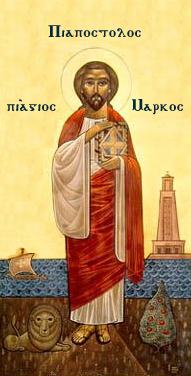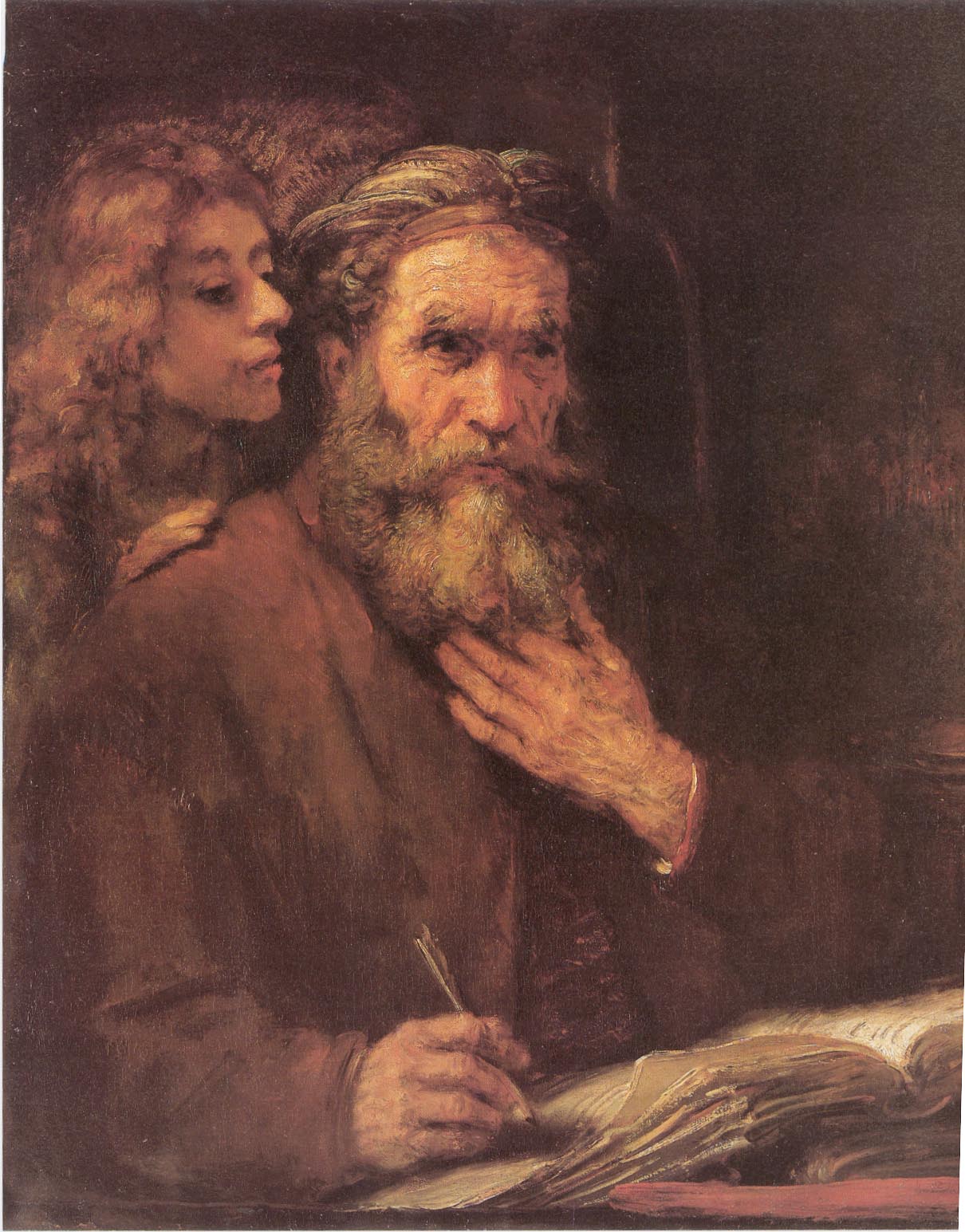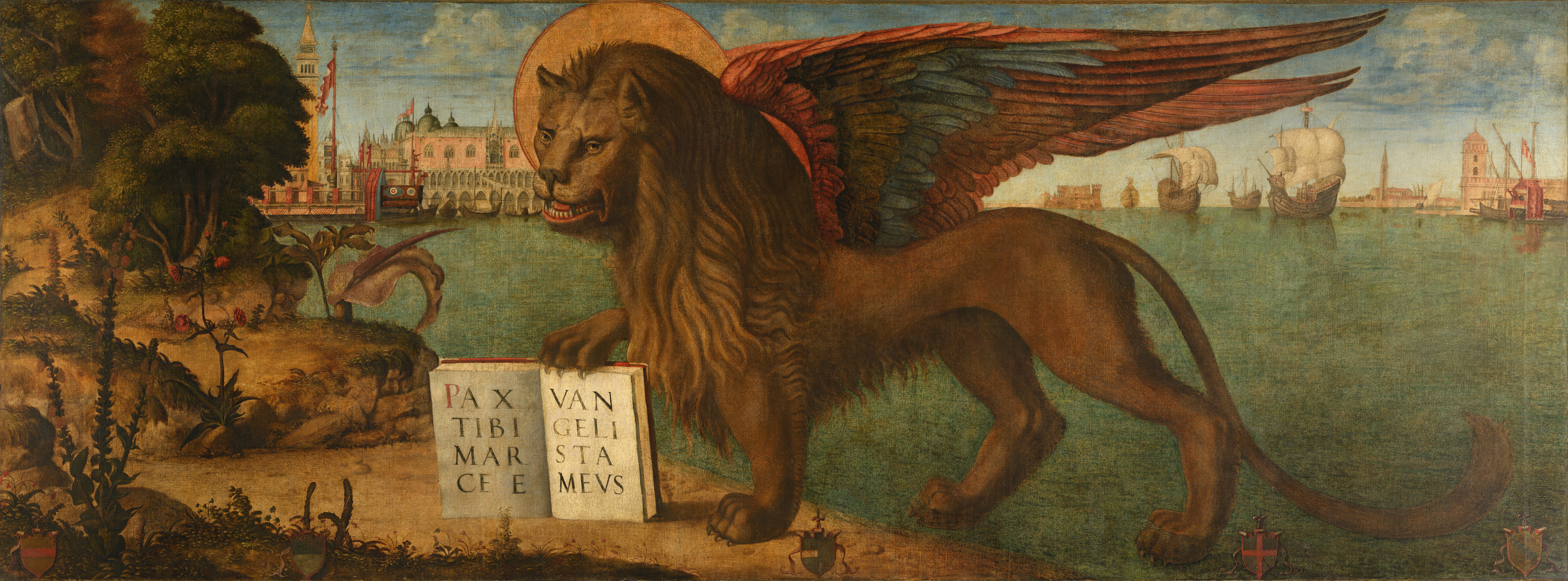|
Apostolic See
An apostolic see is an episcopal see whose foundation is attributed to one or more of the apostles of Jesus or to one of their close associates. In Catholicism, the phrase "The Apostolic See" when capitalized refers specifically to the See of Rome. Tertullian (c. 155 − c. 240) gives examples of apostolic sees: he describes as churches "in which the very thrones of the apostles are still pre-eminent in their places, in which their own authentic writings are read, uttering the voice and representing the face of each of them severally" the following churches: Corinth, Philippi, Ephesus, and Rome. Tertullian says that from these "all the other churches, one after another, derived the tradition of the faith, and the seeds of doctrine, and are every day deriving them, that they may become churches. Indeed, it is on this account only that they will be able to deem themselves apostolic, as being the offspring of apostolic churches". Cited by early apologists for doctrinal auth ... [...More Info...] [...Related Items...] OR: [Wikipedia] [Google] [Baidu] |
Episcopal See
An episcopal see is the area of a bishop's ecclesiastical jurisdiction. Phrases concerning actions occurring within or outside an episcopal see are indicative of the geographical significance of the term, making it synonymous with ''diocese''. The word ''see'' is derived from Latin , which in its original or proper sense denotes the seat or chair that, in the case of a bishop, is the earliest symbol of the bishop's authority. This symbolic chair is also known as the bishop's . The church in which it is placed is for that reason called the bishop's cathedral, from Latin , meaning the 'church of the '. The word ''throne'' is also used, especially in the Eastern Orthodox Church, both for the chair and for the area of ecclesiastical jurisdiction. The term ''see'' is also used of the town where the cathedral or the bishop's residence is located. Catholic Church Within Catholicism, each diocese is considered to be a see unto itself with a certain allegiance to the See of Rome. ... [...More Info...] [...Related Items...] OR: [Wikipedia] [Google] [Baidu] |
Philip Schaff
Philip Schaff (January 1, 1819 – October 20, 1893) was a Swiss-born, German-educated Protestant theologian and ecclesiastical historian, who spent most of his adult life living and teaching in the United States. Life and career Schaff was born in Chur, Switzerland, and educated at the gymnasium of Stuttgart. His father died when he was young and he was sent to an orphanage. At the universities of Tübingen, Halle and Berlin, he was successively influenced by Ferdinand Christian Baur and Schmid, by Friedrich August Tholuck and Julius Müller, by David Strauss and, above all, Johann August Wilhelm Neander. At Berlin in 1841 he took the degree of Bachelor of Divinity and passed examinations for a professorship. He then traveled through Italy and Sicily as tutor to Baron Krischer. In 1842, he was '' Privatdozent'' in the University of Berlin, where he lectured on exegesis and ecclesiastical history. In 1843, he was called to become Professor of Church History and Bibli ... [...More Info...] [...Related Items...] OR: [Wikipedia] [Google] [Baidu] |
Seventy Apostles
The seventy disciples (Greek: ἑβδομήκοντα μαθητές, ''hebdomikonta mathetes''), known in the Eastern Christian traditions as the seventy apostles (Greek: ἑβδομήκοντα απόστολοι, ''hebdomikonta apostoloi''), were early emissaries of Jesus mentioned in the Gospel of Luke. The number of those disciples varies between either 70 or 72 depending on the manuscript. The passage from Luke 10 in the Gospel of Luke, the only gospel in which they are mentioned, includes specific instructions for the mission, beginning with (in Douay–Rheims Bible): In Western Christianity, they are usually referred to as disciples, whereas in Eastern Christianity they are usually referred to as apostles. Using the original Greek words, both titles are descriptive, as an ''apostle'' is one sent on a mission (the Greek uses the verb form: ''apesteilen'') whereas a ''disciple'' is a student, but the two traditions differ on the scope of the words ''apostle'' and ' ... [...More Info...] [...Related Items...] OR: [Wikipedia] [Google] [Baidu] |
List Of Greek Orthodox Patriarchs Of Alexandria
The Greek Orthodox patriarch of Alexandria has the title Pope and Patriarch of Alexandria and all Africa. The term "Greek" is a religious identifier and not an ethnic one; while many of these patriarchs were ethnic Greeks, some were Hellenized Egyptians, and others were Melkite Arabs. List of patriarchs Following the Council of Chalcedon in 451, a schism occurred in Egypt, between those who accepted and those who rejected the decisions of the council. The former are known as Chalcedonians and the latter are known as miaphysites. Over the next several decades, these two parties competed for the See of Alexandria and frequently still recognized the same Patriarch. But after 536, they permanently established separate patriarchates, and have maintained separate lineages of Patriarchs ever since. The miaphysites became the Coptic Church (part of Oriental Orthodoxy) and the Chalcedonians became the Greek Orthodox Church of Alexandria (part of the wider Eastern Orthodox Church). ... [...More Info...] [...Related Items...] OR: [Wikipedia] [Google] [Baidu] |
Coptic Catholic Patriarchate Of Alexandria
The Coptic Catholic Patriarchate of Alexandria is the sole Metropolis (religious jurisdiction), metropolitan see of the Coptic Catholic Church, a ''sui iuris'' Catholic particular churches and liturgical rites, particular church in full communion with the Holy See of the Catholic Church. It follows the Alexandrian liturgical rites, Alexandrian Rite in its own Coptic language. Its archbishop is the superior of all Coptic Catholic dioceses, which are located in and around Egypt. The patriarchate has two cathedral, cathedrals, both in Egypt: Cathedral of Our Lady of Egypt, Our Lady of Egypt in the national capital Cairo, and the Cathedral of the Resurrection in Alexandria. History It had three false starts, each failing to prove enduring. * In 1741 a precursor Catholic Apostolic vicariate was established for Alexandria for Coptic Orthodox Church of Alexandria, Coptic Christians wanting to unite with the Holy See. * On 15 August 1824 a Patriarchal See of Alexandria / Alexandrin(u ... [...More Info...] [...Related Items...] OR: [Wikipedia] [Google] [Baidu] |
List Of Coptic Orthodox Popes Of Alexandria
The following is a list of all of the Pope of the Coptic Orthodox Church, Coptic Orthodox popes who have led the Coptic Orthodox Church and have succeeded the Apostle Mark the Evangelist in the office of Bishop of Alexandria, who founded the Church in the 1st century, and marked the beginning of Christianity in Africa. The Coptic Orthodox Church is one of the Oriental Orthodox churches (not to be confused with the Eastern Orthodox, Byzantine Orthodox group of churches) and is presided over by the Pope of the Coptic Orthodox Church of Alexandria, Pope and Patriarch of Alexandria who is the body's spiritual leader. This position is held since 2012 by Pope Tawadros II of Alexandria, Pope Tawadros II, the 118th Pope of Alexandria and Patriarch of all Africa on the Holy See of St. Mark. The Oriental Orthodox believe that they are the Four Marks of the Church, "one, holy, catholic, and apostolic" Church of the ancient Christian creeds. To this date 92 of the Coptic Popes have been Glo ... [...More Info...] [...Related Items...] OR: [Wikipedia] [Google] [Baidu] |
New Testament
The New Testament (NT) is the second division of the Christian biblical canon. It discusses the teachings and person of Jesus in Christianity, Jesus, as well as events relating to Christianity in the 1st century, first-century Christianity. The New Testament's background, the first division of the Christian Bible, is called the Old Testament, which is based primarily upon the Hebrew Bible; together they are regarded as Sacred Scripture by Christians. The New Testament is a collection of 27 Christianity, Christian texts written in Koine Greek by various authors, forming the second major division of the Christian Bible. It includes four Gospel, gospels, the Acts of the Apostles, epistles attributed to Paul the Apostle, Paul and other authors, and the Book of Revelation. The Development of the New Testament canon, New Testament canon developed gradually over the first few centuries of Christianity through a complex process of debate, rejection of Heresy, heretical texts, and ... [...More Info...] [...Related Items...] OR: [Wikipedia] [Google] [Baidu] |
Saint Mark
Mark the Evangelist ( Koinē Greek: Μᾶρκος, romanized: ''Mârkos''), also known as John Mark ( Koinē Greek: Ἰωάννης Μᾶρκος, romanized: ''Iōánnēs Mârkos;'' Aramaic'': ܝܘܚܢܢ, romanized: Yōḥannān'') or Saint Mark, was the person who is traditionally ascribed to be the author of the Gospel of Mark. Most modern Bible scholars have concluded that the Gospel of Mark was written by an anonymous author rather than an identifiable historical figure, though the topic remains contentious among experts. According to Church tradition, Mark founded the episcopal see of Alexandria, which was one of the five most important sees of early Christianity. His feast day is celebrated on April 25, and his symbol is the winged lion. Identity According to William Lane (1974), an unbroken tradition identifies Mark the Evangelist with John Mark, and John Mark as the cousin of Barnabas. However, Hippolytus of Rome, in ''On the Seventy Apostles'', distinguishes Mar ... [...More Info...] [...Related Items...] OR: [Wikipedia] [Google] [Baidu] |
Quinisext Council
The Quinisext Council (; , literally meaning, ''Fifth-Sixth Meeting''), i.e., the Fifth-Sixth Council, often called the Council ''in Trullo'', Trullan Council, or the Penthekte Synod, was a church council held in 692 at Constantinople under Justinian II. The synod is known as the "Council ''in Trullo''" because, like the Sixth Ecumenical Council, it was held in a domed hall in the Imperial Palace ( [], meaning a cup or dome). Both the Second Council of Constantinople, Fifth and the Third Council of Constantinople, Sixth Ecumenical Councils had omitted to draw up disciplinary canon law, canons, and as this council was intended to complete both in this respect, it took the name of Quinisext. Decisions Many of the council's Canon (canon law), canons were reiterations. It endorsed not only the six ecumenical councils already held (canon 1), but also: * the 85 Apostolic Canons, * the Synod of Ancyra * the Synod of Neocaesarea, * the Synod of Gangra, * the Synod of Antioch i ... [...More Info...] [...Related Items...] OR: [Wikipedia] [Google] [Baidu] |
Corpus Juris Civilis
The ''Corpus Juris'' (or ''Iuris'') ''Civilis'' ("Body of Civil Law") is the modern name for a collection of fundamental works in jurisprudence, enacted from 529 to 534 by order of Byzantine Emperor Justinian I. It is also sometimes referred to metonymically after one of its parts, the Code of Justinian. The work as planned had three parts: the ''Code'' (''Codex'') is a compilation, by selection and extraction, of imperial enactments to date; the ''Corpus Juris Civilis#Digesta, Digest'' or ''Pandects'' (the Latin title contains both ''Digesta'' and ''Pandectae'') is an encyclopedia composed of mostly brief extracts from the writings of Roman jurists; and the ''Institutes'' (''Institutiones'') is a student textbook, mainly introducing the ''Code'', although it has important conceptual elements that are less developed in the ''Code'' or the ''Digest''. All three parts, even the textbook, were given force of law. They were intended to be, together, the sole source of law; referen ... [...More Info...] [...Related Items...] OR: [Wikipedia] [Google] [Baidu] |
Justinian I
Justinian I (, ; 48214 November 565), also known as Justinian the Great, was Roman emperor from 527 to 565. His reign was marked by the ambitious but only partly realized ''renovatio imperii'', or "restoration of the Empire". This ambition was expressed by the partial recovery of the territories of the defunct Western Roman Empire. His general, Belisarius, swiftly conquered the Vandal Kingdom in North Africa. Subsequently, Belisarius, Narses, and other generals Gothic War (535–554), conquered the Ostrogothic Kingdom, restoring Dalmatia, Sicily, Italian peninsula, Italy, and Rome to the empire after more than half a century of rule by the Ostrogoths. The Liberius (praetorian prefect), praetorian prefect Liberius reclaimed the south of the Iberian Peninsula, establishing the province of Spania. These campaigns re-established Roman control over the western Mediterranean, increasing the Empire's annual revenue by over a million ''solidi''. During his reign, Justinian also subdued ... [...More Info...] [...Related Items...] OR: [Wikipedia] [Google] [Baidu] |
Pentarchy (Christianity)
Pentarchy (, ) was a model of Church organization formulated in the laws of Emperor Justinian I () of the Roman Empire. In this model, the Christian Church is governed by the heads (patriarchs) of the five major episcopal sees of the Roman Empire: Rome, Constantinople, Alexandria, Antioch, and Jerusalem. The idea came about because of the political and ecclesiastical prominence of these five sees, but the concept of their universal and exclusive authority was attached to earlier Hellenistic-Christian ideas of administration. The pentarchy was first legally expressed in the legislation of Emperor Justinian I, particularly in ''Novella'' 131. The Quinisext Council of 692 gave it formal recognition and ranked the sees in order of preeminence, but its organization remained dependent on the emperor, as when Leo the Isaurian altered the boundary of patriarchal jurisdiction between Rome and Constantinople. Especially following Quinisext, the pentarchy was at least philosophically ac ... [...More Info...] [...Related Items...] OR: [Wikipedia] [Google] [Baidu] |




